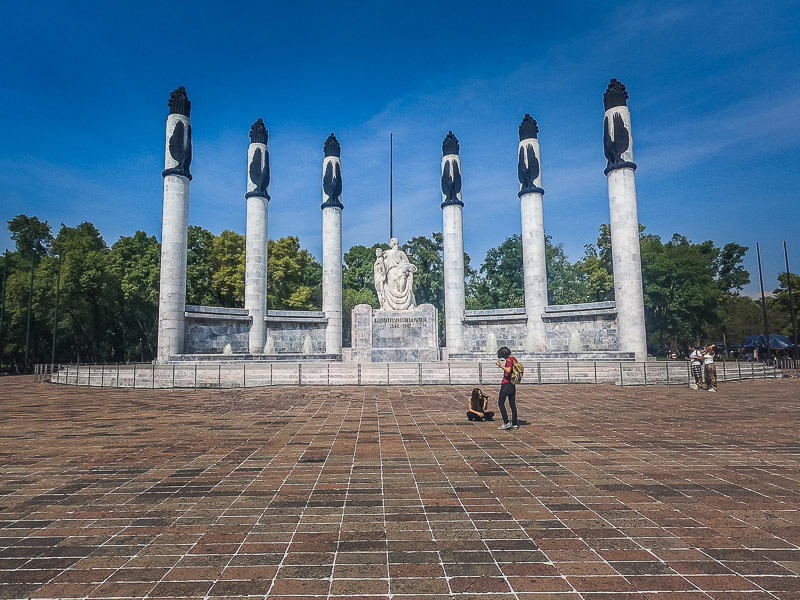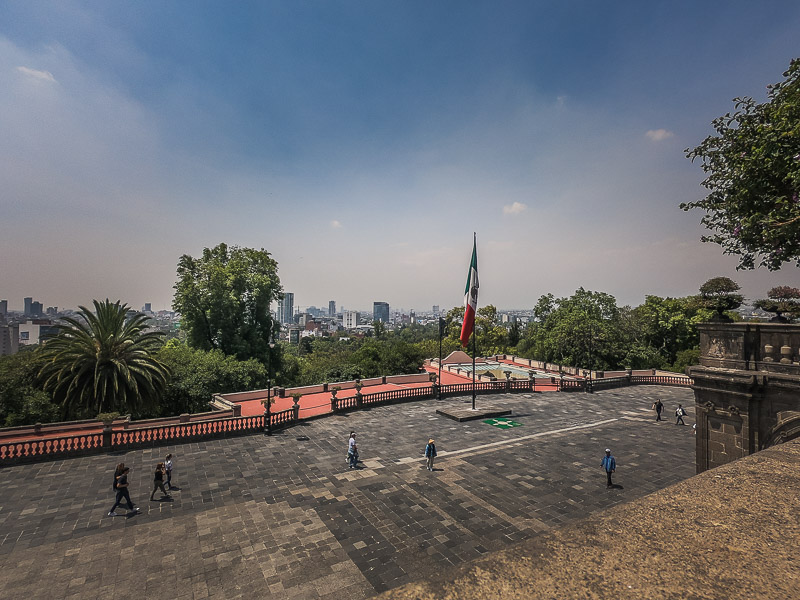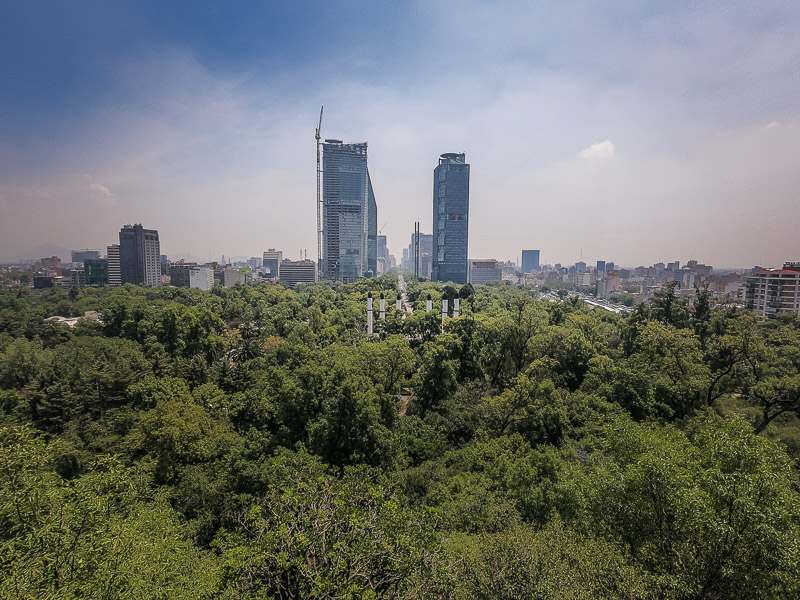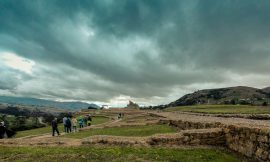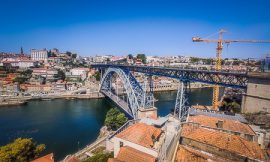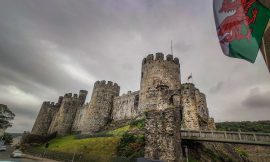Mexico City is massive. The official population stands at 9 million, however, it has grown so much that its city limits have joined with towns in its outskirts which to the locals, are considered to be Mexico City. A guide mentioned that the estimated population stood at 20 million and it continues to grow. The city has metro lines and buses to get around, however, I’d recommend taking a tourist bus. Tickets were between 180 and 200 MXN1 and can be purchased online but it is a little cheaper at the stalls the operators have in the Zocalo plaza. The operators have bus stops in all the popular tourist destinations which is why this service is ideal in contrast to taking the bus or metro. You will likely not be able to cover all the tourist stops in one day given the size of the city and traffic. Also, avoid taking the tourist bus during peak hours since we were stuck in a 1-hour bumper to bumper traffic which is normal during those times periods.
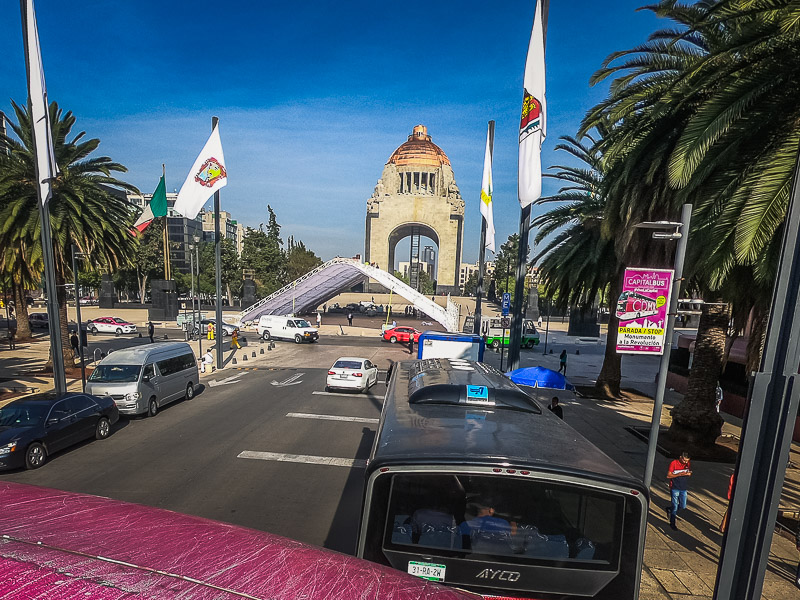

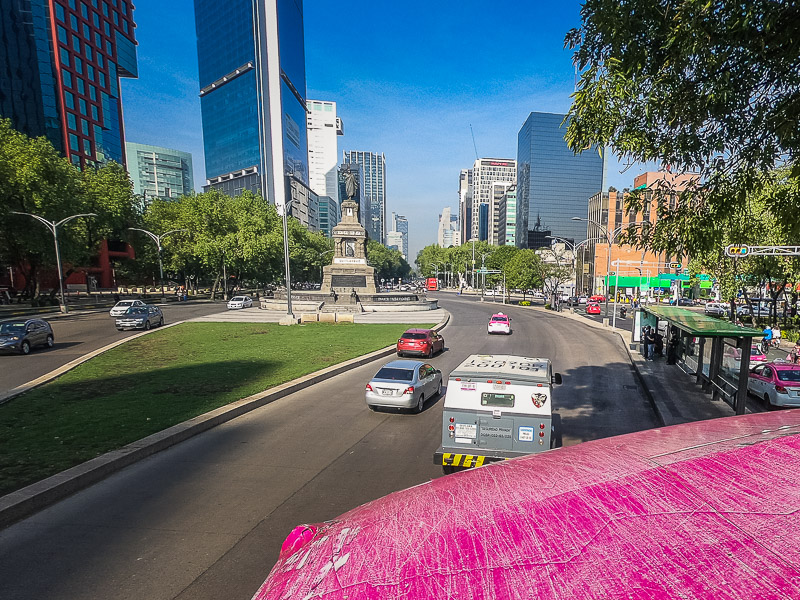

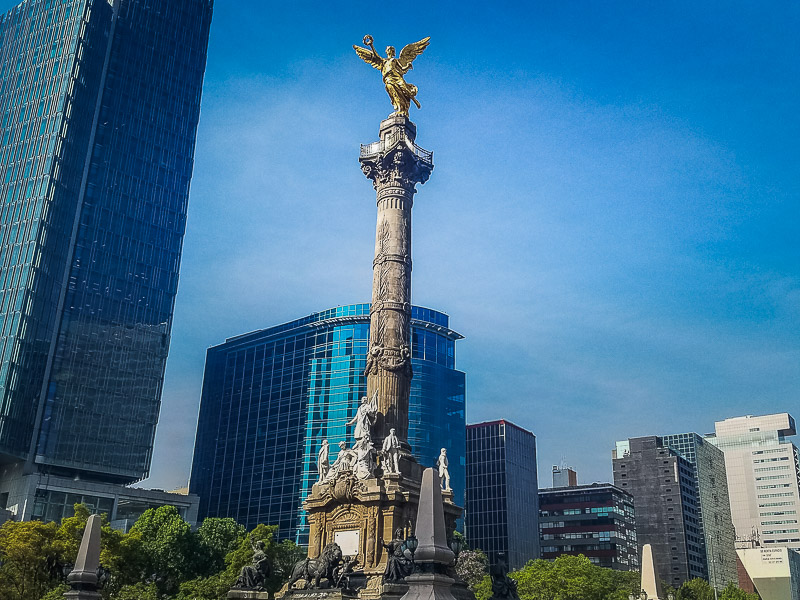

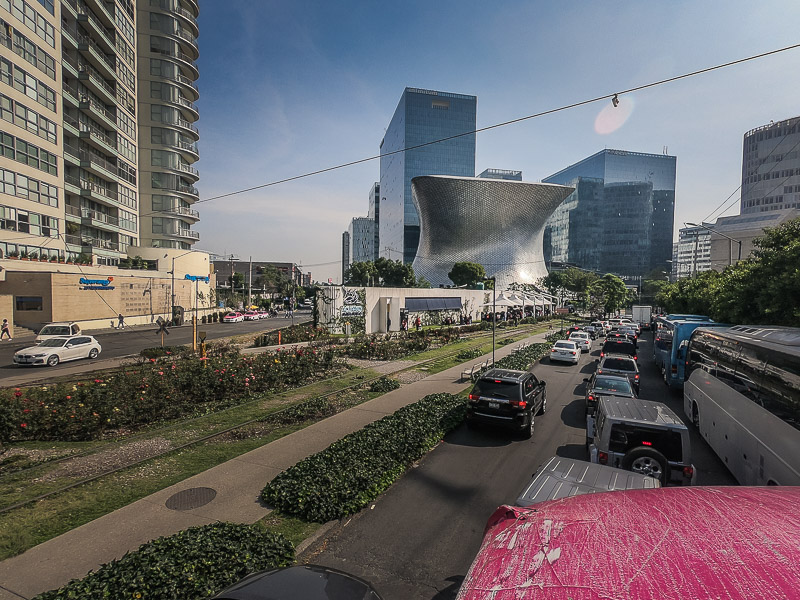

Bosque Chapultepec
If you’re short on time like I was, then getting off at Bosque Chapultepec is one not to miss. This is a huge park home to memorials, museums, lakes, a zoo, and a botanical garden. If I had to choose one site in this area to see, then it would be the National Museum of Anthropology adjacent to Bosque Chapultepec. A modern indoor and outdoor museum with excellent artifacts and exhibits. The museum is masterfully laid out for you to explore different civilizations following a chronological timeline as you progress throughout the museum.
Bosque Chapultepec is divided into three sections and most of the attractions can be found in the first section known as Bosque Chapultepec I. A key highlight is Castillo Chapultepec at the top of the hill. A former fort where the last of the Mexican resistance fought US forces before surrendering. This fort has now been converted into a national museum and has great panoramic views of the city. There is also a monument at the park entrance dedicated to those who gave their lives to protect the country.
